Exploring London's Natural History Museum: A Journey Through Millennia of Science and Wonder
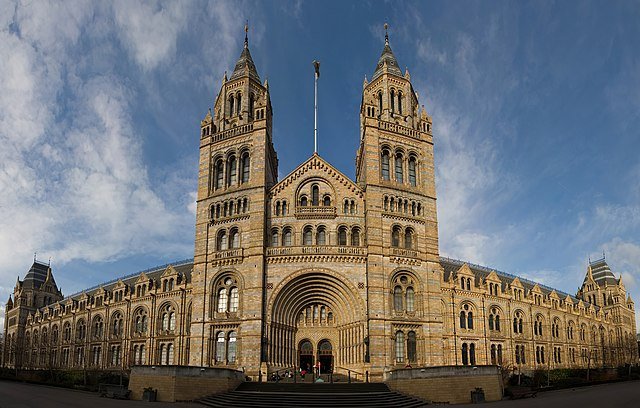
Introduction:
London's Natural History Museum is a place where the past, present, and future of our natural world come alive. Established in 1881 in South Kensington, this iconic institution is more than just a repository of specimens; it's a thriving Research Institute, staffed by over 300 scientists dedicated to unraveling the mysteries of our planet. In this guided tour, we'll delve into the museum's fascinating history and its diverse collection, which spans everything from the colossal blue whale skeleton named Hope to intricate glass sculptures of marine invertebrates.
A Cathedral to Nature:
The museum's grandeur is often likened to a Victorian Gothic Revival behemoth, lovingly referred to as a "Cathedral to Nature." Its architecture, designed by Waterhouse and Owen, was meticulously crafted to house a vast array of specimens. From newly discovered dinosaurs to massive whales and woolly mammoths, every detail was considered to accommodate nature's wonders.
The Blue Whale and Other Marvels:
One of the museum's most awe-inspiring exhibits is the suspended skeleton of Hope, a young female blue whale that beached in Ireland in 1891. This giant creature serves as a reminder of the sheer scale of Earth's largest animal. Meanwhile, a diverse array of specimens, including a giant Coral from Western Australia, showcases the museum's commitment to understanding the impact of climate change.
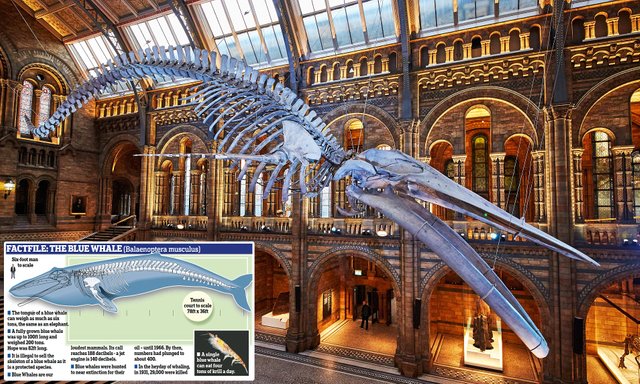
Dinosaur Delights:
The Natural History Museum boasts one of the world's most famous dinosaur collections. Based on Gideon Mantell's original collections, the exhibit features an array of dinosaur reconstructions. Although not entirely accurate by today's standards, they offer a captivating glimpse into the world of prehistoric giants.
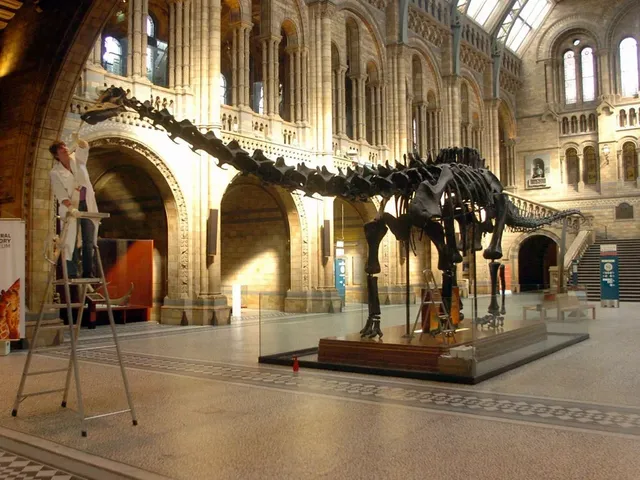
From Darwin to Modern Homo Sapiens:
The museum pays tribute to Charles Darwin, the visionary who revolutionized our understanding of evolution. Visitors can explore the journey of Homo sapiens, including a cast of "Lucy," an Australopithecus afarensis who walked the Earth 3.7 million years ago. The museum also houses hyper-realistic models of Homo sapiens, created with meticulous detail by Dutch twins using 3D printing technology.
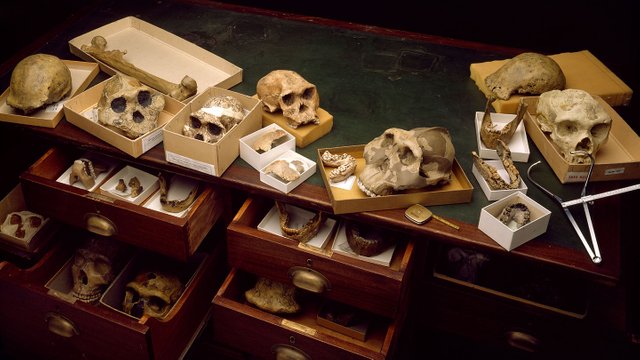
The Spirit Collection and Rare Gems:
Hidden from public view, the museum's Spirit Collection holds a treasure trove of preserved specimens, including a remarkable giant squid named Archie. The tours of this collection, led by museum staff, provide a unique opportunity to glimpse rare and fascinating items. In addition to biological specimens, the museum also houses geological wonders, like a massive uncut emerald and the crystal box mystery, a hollow cast that grew over a naturally occurring cube of fluorite.
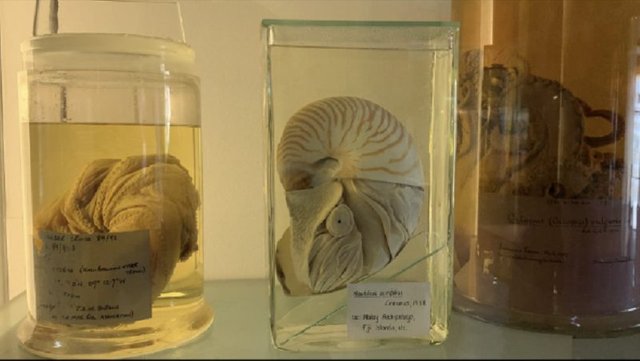
Earthquakes, Volcanoes, and Beyond:
For those interested in geological phenomena, the museum features an earthquake simulator that offers an immersive experience of the 1995 earthquake in Kobe, Japan. It's a gripping reminder of the Earth's powerful forces.
Conclusion:
London's Natural History Museum is a place where science, history, and wonder converge. Whether you're exploring the vast dinosaur collections, marveling at the colossal blue whale, or venturing into the Spirit Collection's hidden gems, this museum offers a journey through time and a deep appreciation for our natural world. With its commitment to research and education, it continues to inspire curiosity and understanding about our planet's past, present, and future.